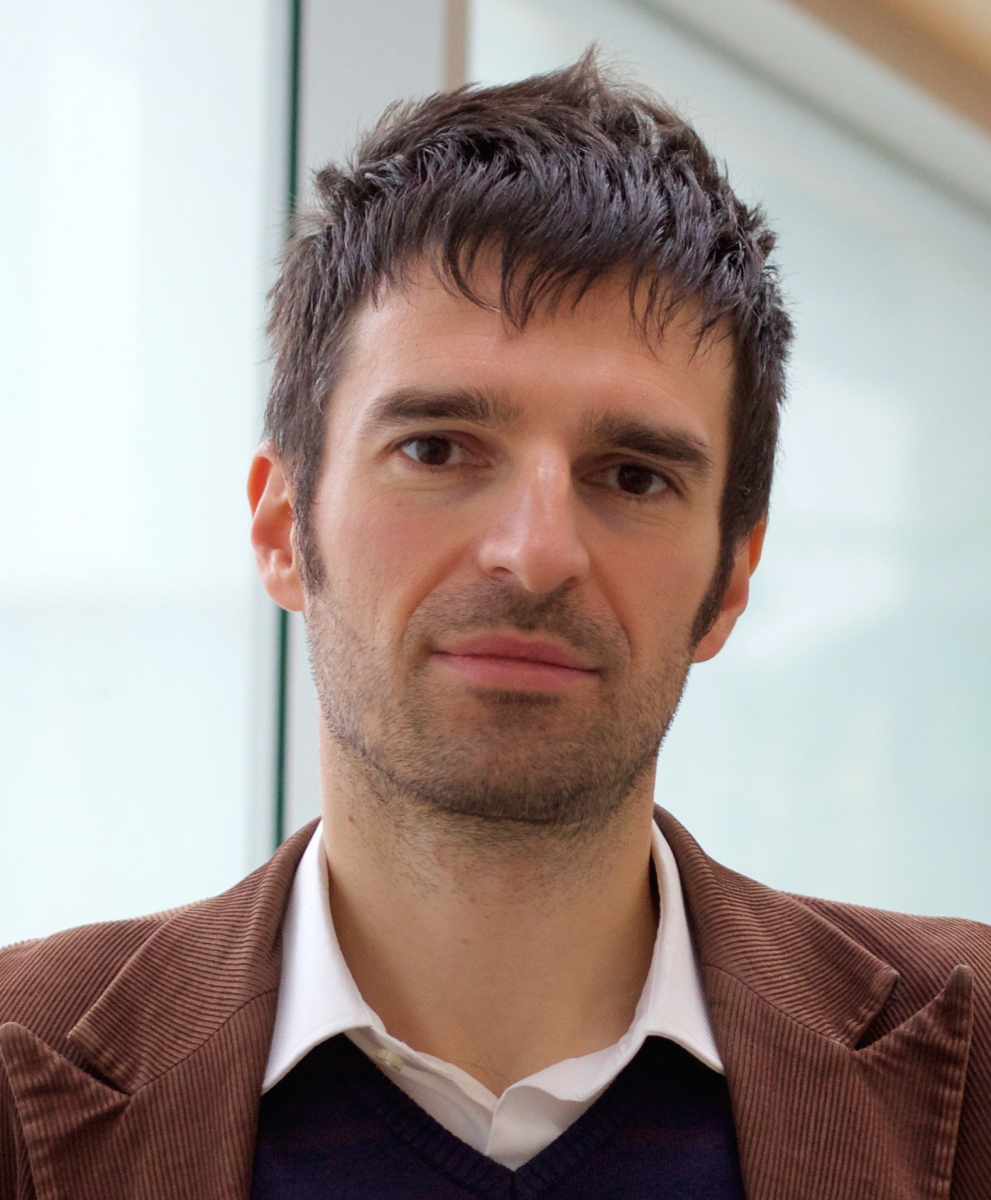Mattia Bacca
The University of British Columbia, Canada
Seminar Information

Budding is the main process by which a cell externalizes material and also the main mechanism of virus reproduction [1]. It requires the cell membrane to wrap around a cargo to conform to its surface. The cargo surface (CS), e.g. the nucleocapsid of a virus, defines the shape and size of the bud, thereby providing an important geometrical constraint. The cargo can be described with rigid sphere, with its radius defining the energetic barrier crated by cell membrane bending and stretching. The energetic driving force is then provided by the affinity of the membrane with the CS [2-3]. The tradeoff between bending energy and surface energy provides the minimum radius of the bud that can be successfully completed, hence the minimum size of the virus progeny.
References
[1] N.J. Dimmock et al. (2007) "Introduction to Modern Virology, 6th edition." Blackwell Publishing.
[2] H. Gao, W. Shi, L.B. Freund (2005), “Mechanics of receptor-mediated endocytosis”, PNAS 102 (27), 9469–9474.
[3] D. Agostinelli, G.J. Elfring, M. Bacca (2021), “Morphological control of receptor-mediated endocytosis”, bioRxiv 2021.10.01.
462837.
Prof. Mattia Bacca obtained a Bachelor and Master degree in Civil Engineering at the University of Trento (Italy), in 2009. He then obtained a PhD in Structural Engineering at the same university, in 2013. Then he joined the Department of Mechanical Engineering and Materials at the University of California, Santa Barbara (USA) as a Postdoctoral Fellow. Finally, he joined the Department of Mechanical Engineering at the University of British Columbia (Canada), in 2017, as a faculty member. His research is devoted to understanding the biological world through the use of mechanics via the development of mathematical and computational models.
